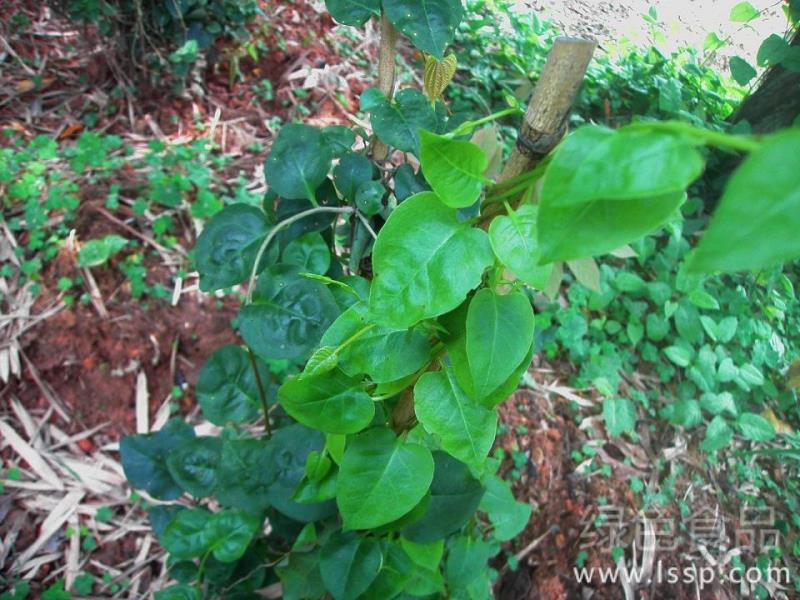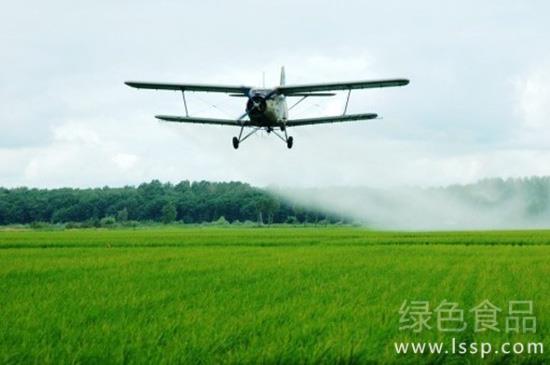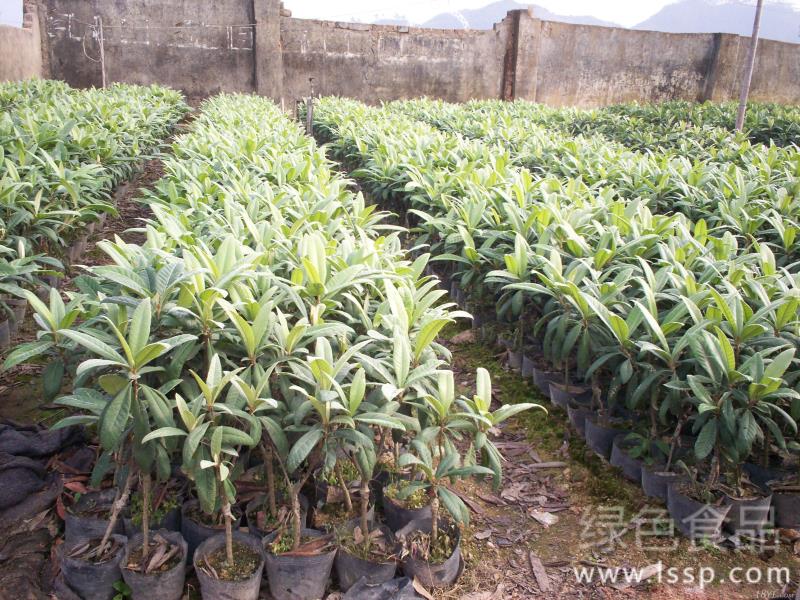Cultivation techniques of Panax notoginseng with rich nutrition and stem and leaf vegetables

Panax notoginseng
Panax notoginseng can be cultivated in spring, autumn and winter, and can be planted in protected open field, with the best growth in spring and autumn. Panax notoginseng is a trailing vegetable that is eaten by picking tender shoots and leaves. For those who mainly pick leaves, it is best to use the method of erection or hanging vine cultivation, or the method of ground climbing cultivation. Panax notoginseng stem node is easy to take root, climbing cultivation is conducive to plant absorption of soil nutrients, stem and leaf growth is rapid, harvesting is also more convenient. But the deficiency is that in the early stage of climbing cultivation, due to the plant landing, the leaves are easy to attach sand and other dirt, affecting the quality of leaves, can not be ploughed in the later stage, which is not conducive to the supplement of organic fertilizer, so it is necessary to strengthen field management through pruning, pruning and other measures. In order to pick tender shoots, the method of frame cultivation should be adopted. When the seedlings are 30-40 cm high, they should be scaffolded in time to make them climb and prune at the same time to promote the rapid germination of lateral buds.
I. Propagation methods
Panax notoginseng is generally propagated with plant buds, and each plant bud is planted on a high border 1.4m wide, with a distance of about 50cm and about 2000 per mu.
Three-dimensional cultivation techniques of Panax notoginseng in greenhouse
Three-dimensional cultivation is the use of the three-dimensional space of the three walls of the greenhouse or through different modeling designs, which not only makes effective use of the surplus / three-dimensional space of the greenhouse, but also can improve the attractiveness of the park and increase more additional income.
In the ordinary park, within half a meter from the inside of the greenhouse wall, fertilization can be carried out according to the application of farm fertilizer 5000kg per mu, so that the fertilizer and garden soil can be mixed evenly, raked flat, ridged 0.15m away from the wall with picks, planed and planted in the pit according to the plant spacing of 0.3m on the side of the ridge, stabilized by water, and then used as a guide rope, which may not only play a role in fixing the seedlings, but also conducive to the winding and upward growth of the seedlings. This method can make effective use of greenhouse space and improve economic benefits.
The sightseeing greenhouse can be planted three-dimensional by designing different shapes, such as globes, fans, elephants or Arbor. On the one hand, it can artistically improve the attraction of the park to tourists, on the other hand, it can increase the growth space of Panax notoginseng. To achieve the multiple goals of "production, life, ecology".
II. Field management
1. Water management: Panax notoginseng has strong growth, thick leaves, and large water evaporation during the growth period. Although Panax notoginseng is more resistant to drought, it needs to absorb more water in order to obtain high-yield and high-quality products, especially in the high temperature season. Should be timely watering, should always keep the soil moist. In the rainy season, attention should be paid to drainage to prevent stagnant water in the soil so as not to damage the roots.
2. Fertilizer management: in addition to applying sufficient base fertilizer during cultivation, the growth of Panax notoginseng requires adequate nitrogen fertilizer and appropriate amount of phosphorus and potassium fertilizer supply. Generally speaking, after picking once or twice, it is necessary to apply rotten and fine broken farm manure once or twice, with a dosage of 300-500 kg per mu, or about 200 kg per mu of expanded chicken manure that has been sterilized at high temperature, and weeds should be pulled out and soil loosened at any time to increase the permeability of the soil.
3. Plant adjustment (pruning, coring and inflorescence removal): Panax notoginseng has strong branching, overlapping stems and luxuriant growth. In production, pruning, pruning, coring and other measures are needed to control plant growth and development. The specific measures should be taken according to plant growth potential, cultivation mode, planting density, climatic conditions and so on. By climbing cultivation, the plant growth point was removed when the vine length was 30-40 cm, which could promote the growth of sturdy new shoots, increase the thickening leaves and promote the germination of new shoots in leaf axils. Later, as the stem lengthens, the growing point is removed. After entering the autumn, the old stem vine of the aboveground part was cut off, and the soil was mixed with organic fertilizer to fertilize and cultivate the soil, which was beneficial to the rejuvenation of the plant. Inflorescences will appear in autumn cultivation, so we should remove these shoots in time to control the occurrence of inflorescences. Pruning, coring and inflorescence removal can make the leaves thick and tender, the new shoots stout, and achieve the purpose of improving yield and quality.
III. Timely harvest
Tripterygium paniculata is planted once and harvested for many years, usually with the harvest of tender shoots or growing leaves as the product. Shoot products are usually picked when the stem is elongated to a certain extent (shoot length 12-15 cm); leaf products can be harvested at any time more than 30 days after planting Panax notoginseng. It entered the peak period after 2 months, with an average of 300-400 leaves per plant per month, and the harvest time was about 6 months. It is better to pick in the morning when cultivated in a large area, and it is more resistant to storage and transportation. Fresh leaves are wrapped in plastic wrap after harvest and stored at a temperature of 5 ℃, which can be preserved for 10-15 days. If cultivated and managed properly, Panax notoginseng can be harvested in four seasons, with an annual yield of 3000-4000 kg per mu.
- Prev

Master the free agricultural plant protection technology with the advent of winter
Master the free agricultural plant protection technology with the advent of winter
- Next

Loquat tree pruning methods and key points to adjust tree vigor and bear more fruits
Loquat tree pruning methods and key points to adjust tree vigor and bear more fruits
Related
- Fuxing push coffee new agricultural production and marketing class: lack of small-scale processing plants
- Jujube rice field leisure farm deep ploughing Yilan for five years to create a space for organic food and play
- Nongyu Farm-A trial of organic papaya for brave women with advanced technology
- Four points for attention in the prevention and control of diseases and insect pests of edible fungi
- How to add nutrient solution to Edible Fungi
- Is there any good way to control edible fungus mites?
- Open Inoculation Technology of Edible Fungi
- Is there any clever way to use fertilizer for edible fungus in winter?
- What agents are used to kill the pathogens of edible fungi in the mushroom shed?
- Rapid drying of Edible Fungi

